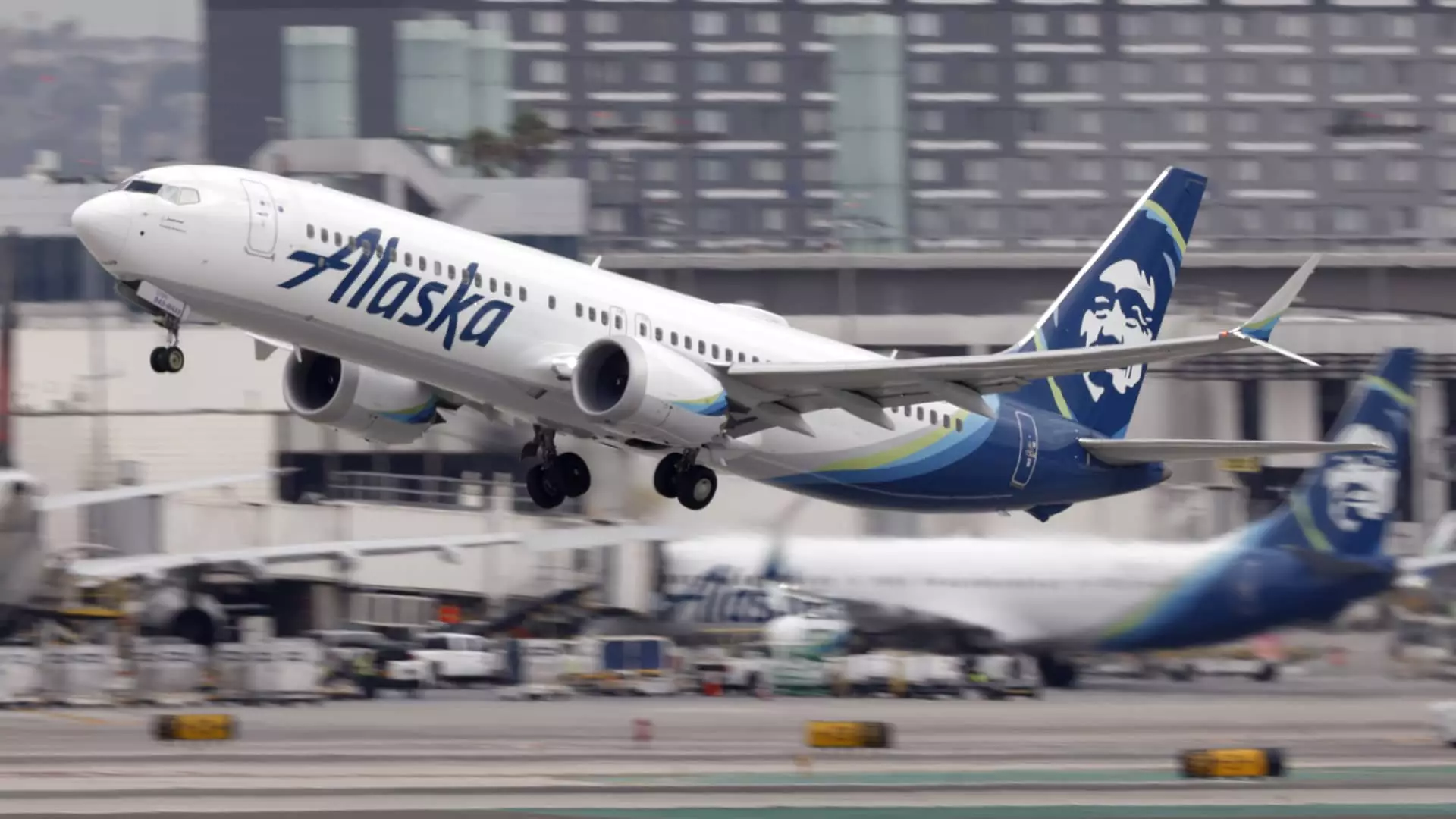Alaska Airlines is boldly repositioning itself within the competitive landscape of premium travel and loyalty programs by launching the Atmos Rewards initiative—a comprehensive overhaul of how they reward their most devoted travelers. The move, driven by their recent acquisition of Hawaiian Airlines and the subsequent integration into a unified frequent flyer platform, underscores Alaska’s ambition to challenge industry norms. Unlike traditional programs that focus solely on miles or points, Atmos aims to tailor the earning process around varied traveler preferences, effectively recognizing different travel styles and spending habits.
What makes Alaska’s strategy stand out is its deliberate effort to align premium perks with the expectations of high-end travelers. Introducing a co-branded, high-tier credit card—the Atmos Rewards Summit Visa Infinite—serves as both a revenue generator and a loyalty booster. Priced at $395 annually, it offers an array of privileges such as lounge access, instant vouchers, and discounted international fares. These perks don’t just add value; they elevate the travel experience, creating a sense of exclusivity that premium customers crave. Alaska’s decision to partner with Bank of America for this card reflects a clear understanding: loyalty programs must be financially sustainable while offering tangible benefits that feel worth the premium price.
It’s evident that Alaska is intentionally crafting a loyalty ecosystem that benefits both the carrier and the traveler. By combining benefits like airport lounge passes, priority upgrades, and special fares, they are recognizing that modern travelers seek more than just basic rewards—they desire a seamless, elevated journey. This approach positions Alaska as a formidable contender in the premium segment, even as many rivals focus narrowly on mileage devaluation concerns or superficially boosted points schemes.
Innovation in Earning Structures: Flexibility Meets Consumer Preference
A core innovation in Alaska’s new loyalty program is its flexible points-earning structure. Rather than relying solely on one method, Alaska allows miles to be earned based on three distinct metrics: distance, amount spent, and the number of flight segments. This multi-pronged approach is a calculated move to cater to diverse traveler demographics. International and cross-country flyers who value distance-based earning can maximize their benefits. Conversely, leisure travelers who preferBooking premium cabins with higher ticket prices are encouraged by the $1-to-5 points ratio. Short-haul travelers, especially those within Hawaii or California, will benefit from earning 500 points per segment, maintaining engagement on frequent, quick trips.
This tactical diversification in earning strategies represents an acknowledgment that travelers prioritize different aspects of their journey. It shifts the loyalty paradigm from a one-size-fits-all miles accumulation to a more personalized model. Such nuance fosters deeper loyalty by ensuring that more travelers find tangible value in their interactions with the program. It also becomes evident that Alaska aims to compete not just on route network or pricing but on loyalty experience—making every mile, dollar, and segment count.
Furthermore, the program’s tier modifications—raising the points required for elite status—align with broader industry trends: airlines are tightening the loyalty thresholds to encourage higher spending. While this might seem counterintuitive from a consumer perspective, it underscores Alaska’s focus on attracting high-value travelers. The company’s stance that miles are not being devalued suggests an intent to preserve redemption value, addressing common frustrations among frequent flyers who have seen miles depreciate under similar programs.
Balancing Exclusivity and Growth in a Competitive Market
One of the most fascinating aspects of Alaska’s strategy is its effort to maintain exclusivity amid expanding opportunities. The airline recognizes that luxury consumers are increasingly wary of overcrowded lounges and subpar experiences. Initiatives such as dedicated international lounges at Seattle-Tacoma International Airport and San Diego International Airport embody this understanding. These spaces are designed to offer a sanctuary for high-value travelers, reinforcing the brand’s premium positioning.
Alaska’s focus on exclusivity is strategic. Lounges are not just amenities but representations of brand perception. Offering eight lounge passes annually with the top-tier credit card, and planning dedicated international lounges, signals a desire to cultivate loyalty through comfort and prestige. This approach is increasingly vital in an era where premium travelers have a multitude of options, and their expectations are higher than ever.
In other parts of the industry, airlines are investing heavily in upmarket strategies, with some pushing premium credit cards priced higher than ever. JetBlue’s premium product, with a $499 annual fee, exemplifies this trend. Alaska’s decision to price its product at $395 indicates a calculation that affordability can still deliver a luxurious experience, especially when combined with the perks and exclusives that matter most to discerning travelers.
Interestingly, Alaska’s intent to keep its brand separate from Hawaiian—a healthy strategic move—might be a way to preserve distinct brand identities while leveraging the enlarged loyalty network. Alaska’s plans to expand into international markets using wide-body aircraft from Seattle further demonstrate their confidence in premium and long-haul travel’s profitability. They see the future in cultivating a loyal base that values quality over quantity.
Cutting-Edge Technology and Customer-Centric Services
Adding to their competitive edge, Alaska’s plan to deploy Starlink Wi-Fi across their fleet marks a significant step toward integrating cutting-edge technology to enhance traveler experience. Free Wi-Fi for loyalty members transforms service into an active loyalty touchpoint, where connectivity during a flight becomes part of the loyalty value proposition. This gives Alaska an advantage over competitors still playing catch-up in inflight connectivity, reinforcing the premium experience.
This move is not just a technological upgrade; it’s a thoughtful differentiation that aligns with modern expectations. Travelers today demand seamless digital connectivity, especially on international and longer flights. Offering this service for free exclusively to loyalty members incentivizes sign-ups and enhances retention. It also signals Alaska’s intent to modernize and elevate their service standards, not just in product but also in the overall travel ecosystem.
By blending traditional loyalty benefits with new technological offerings, Alaska is acknowledging that loyalty programs must evolve into holistic travel solutions—integrating amenities, technological conveniences, and personalized service. This holistic approach demonstrates a sophisticated understanding: premium travelers don’t just want to redeem miles; they want a seamless, elevated journey from booking to arrival.
—
Note: The perspectives expressed above are my interpretation of Alaska Airlines’ recent strategic moves, reflecting a critical and analytical view of their positioning in the premium travel industry.


Leave a Reply